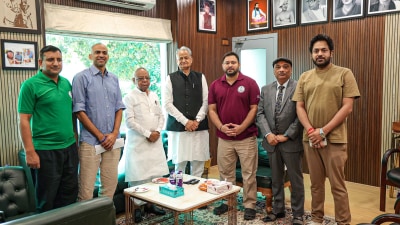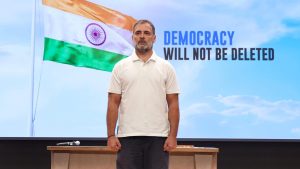Tsunami: Swaminathan report pulls up states
Calling the tsunami a ‘‘wake-up’’ call, the M.S. Swaminathan committee report has suggested, among other things, develop...

Calling the tsunami a ‘‘wake-up’’ call, the M.S. Swaminathan committee report has suggested, among other things, developing bio-shields along the coastline to safeguard it and the people living nearby. The panel has also pulled up the states for weak implementation of the existing guidelines and failure to come up with a separate coastal zone management plan.
‘‘The existing 500-m rule (banning construction within 500 m) should remain. The states and the Centre have to work in greater cooperation,’’ said Prof M.S. Swaminathan after submitting the report to Environment Minister A. Raja. He added that the committee has also suggested a vulnerability atlas for the entire country.
Among the recommendations is the coastal zone should include an area (12 nautical miles) starting from its sea bed. It laid emphasis on demarcation of the vulnerability line all along the coastal areas and suggested developmental activities to be regulated on the seaward side of the vulnerability line.
Swaminathan said the Ministry doesn’t even have an office for coastal zone management and the committee has recommended a small unit. ‘‘The severe loss of life and livelihood as well as property caused by the tsunami teaches us that short-term commercial interests should not be allowed to undermine the ecological security of our coastal areas,’’ the report adds.
It says that ‘‘keeping in view the impact of the tsunami on the Kalpakkam atomic power plant, it would be advisable if such nuclear power plants are located away from the coast.’’






- 01
- 02
- 03
- 04
- 05

























